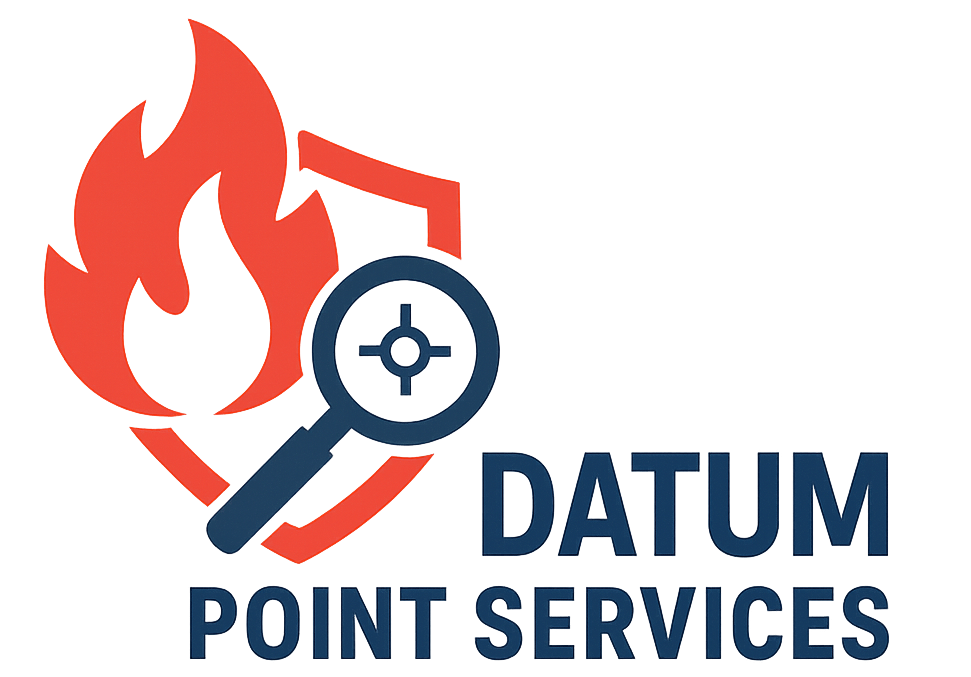I’m Daniel, a Datum Point Services Life Safety and Security Analyst.
We’ve seen standard due diligence repeatedly overlook multi-million-dollar liabilities hiding in school fire systems.
When valuing a university or K-12 campus, you need more than a “check engine light” inspection; you need a deep dive that catches the faults others miss.
U.S. schools experience thousands of fires yearly—many while students and staff are inside.
Yet most safety audits stop at “Do the alarms ring?” They rarely ask:
- Were the right detectors installed in every high-risk area? Science labs, industrial-style kitchens, and mechanical rooms all demand specialized sensors.
- Can the system switch between evacuation and lockdown modes seamlessly? Modern emergencies require dynamic responses—often simultaneously.
- Who really has master codes? Hidden override passwords can be buried in control panels, giving insiders silent access at the worst possible moment.
- Were every technician vetted? A basic background check isn’t enough when you’re protecting young lives.
Your deal is built on sand if you can’t answer these questions confidently.
I’ve worked on transactions where a university thought its fire panels were up to code—until we uncovered corroded wiring, undocumented control panel modifications, and lapsed service contracts.
Suddenly, what looked like a $150 million endowment became a $10 million liability overnight.
Here’s why standard audits fail: they’re static.
They verify performance on a single day under ideal conditions.
They don’t simulate real-world wear and tear, deferred maintenance, or human error.
They don’t flag code violations that creep in when buildings age, renovations pile up, or unqualified contractors replace equipment.
That’s where our forensic investigations make the difference.
Before you close, we:
- Map every device—from heat detectors in dormitory corridors to flame sensors in fabrication shops—to ensure nothing’s been skipped.
- Stress-test system logic—simulating fire, lockdown, and power-loss scenarios to catch faults only revealed under duress.
- Audit maintenance records—spotting gaps, missed inspections, and service-provider red flags.
- Trace hidden access points—identifying undocumented master codes and verifying that only cleared personnel hold keys to your safety infrastructure.
The result? You walk into closing with full visibility—no surprises, no hidden write-downs, and no catastrophic recall liability a year down the road.
Don’t let a faulty fire system torpedo your investment or, worse, endanger lives.
If you’re evaluating a campus acquisition, ask yourself: “Could this deal withstand a forensic audit?”
If you hesitate—even for a second—let’s talk.
Because true asset protection means digging deeper than any standard checklist—and putting your investors, students, and faculty first.


